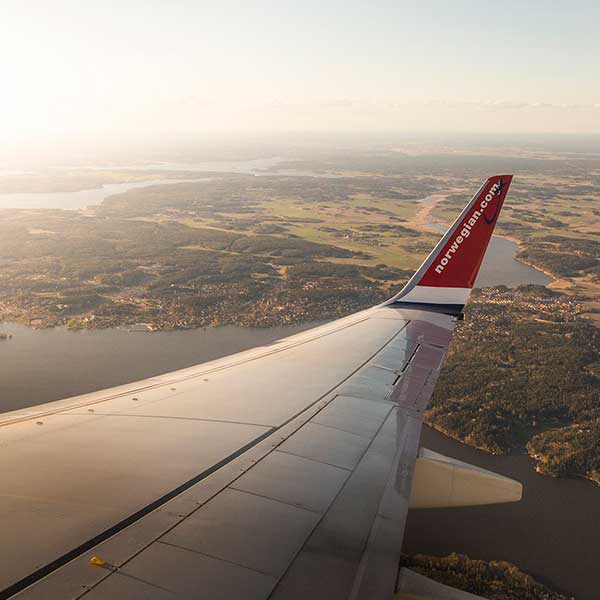Overview
Norwegian, a North Germanic language, boasts a unique linguistic journey shaped by history, geography, and cultural exchange. Its literary tradition is equally rich, featuring influential writers and diverse genres that reflect Norway’s identity.
Key Concepts
Language Evolution
Modern Norwegian is primarily divided into two written standards: Bokmål and Nynorsk. These evolved from different historical influences, primarily Danish and dialectal Norwegian, respectively. Understanding these standards is crucial for appreciating the language’s complexity.
Literary Heritage
Norwegian literature spans centuries, from medieval sagas to contemporary works. Key figures like Henrik Ibsen, Knut Hamsun, and Sigrid Undset have achieved international acclaim, shaping modern drama and prose. Ibsen’s plays are particularly renowned.
Deep Dive
Linguistic Features
Norwegian exhibits a fascinating array of dialects, often with significant differences in pronunciation and vocabulary. The grammatical structure shares similarities with other Scandinavian languages but possesses distinct features, including a two-gender system (masculine and feminine) in Bokmål, and a three-gender system (masculine, feminine, neuter) in Nynorsk and many dialects.
Literary Movements
The late 19th century marked a golden age for Norwegian literature, with the rise of realism and naturalism. Henrik Ibsen revolutionized theatre, while Knut Hamsun explored existential themes. Sigrid Undset won the Nobel Prize for her historical novels depicting medieval Norway.
Applications
Studying Norwegian language and literature offers insights into Scandinavian culture, history, and society. It’s valuable for those interested in translation, linguistics, cultural studies, and engaging with a rich artistic heritage. Learning Norwegian opens doors to understanding unique cultural perspectives.
Challenges & Misconceptions
A common misconception is that Norwegian is monolithic. The coexistence of Bokmål and Nynorsk, alongside numerous dialects, presents a dynamic linguistic landscape. Some find the pronunciation challenging, while others struggle with the nuances of sentence structure and vocabulary.
FAQs
What are the main differences between Bokmål and Nynorsk?
Bokmål is more influenced by Danish and is used by a majority of Norwegians, while Nynorsk is based on western Norwegian dialects and is used by a minority. Both are official written forms.
Who are some other important Norwegian authors?
Besides Ibsen, Hamsun, and Undset, notable authors include Bjørnstjerne Bjørnson, Peer Gynt (character by Ibsen), and contemporary writers like Karl Ove Knausgård.




